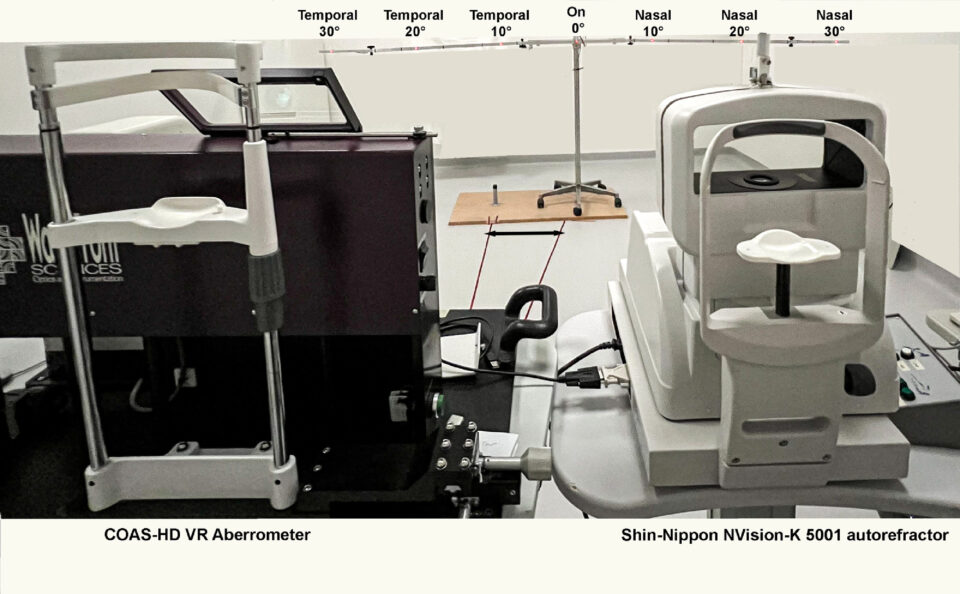
Myopia prevalence and associated risk factors
Myopia prevalence and associated risk factors
Myopia, especially high amounts of myopia (>-5.00 D), can lead to pathological changes in the eye that can be sight-threatening. In the past 20 years, myopia has gone from a minor optical inconvenience to an epidemic.
The prevalence of myopia in the East-Asian population has been dramatic, with almost 70 to 80% of the population being myopic. Ethnicity is one of the risk factors for developing myopia. There are, of course, other significant factors such as genetics (having myopic parents) and the influence of the environment as well.
In this video, the research team from Linnaeus University in Kalmar discusses the prevalence of myopia in Sweden and Scandinavia compared to the rest of the world. They also talk about possible risk factors for myopia development.
You can find the related research paper here.
The video features Pelsin Demir and her supervisors: Karthikeyan Baskaran, university lector at Linnaeus University in Sweden, and António Macedo, docent at the same university.



